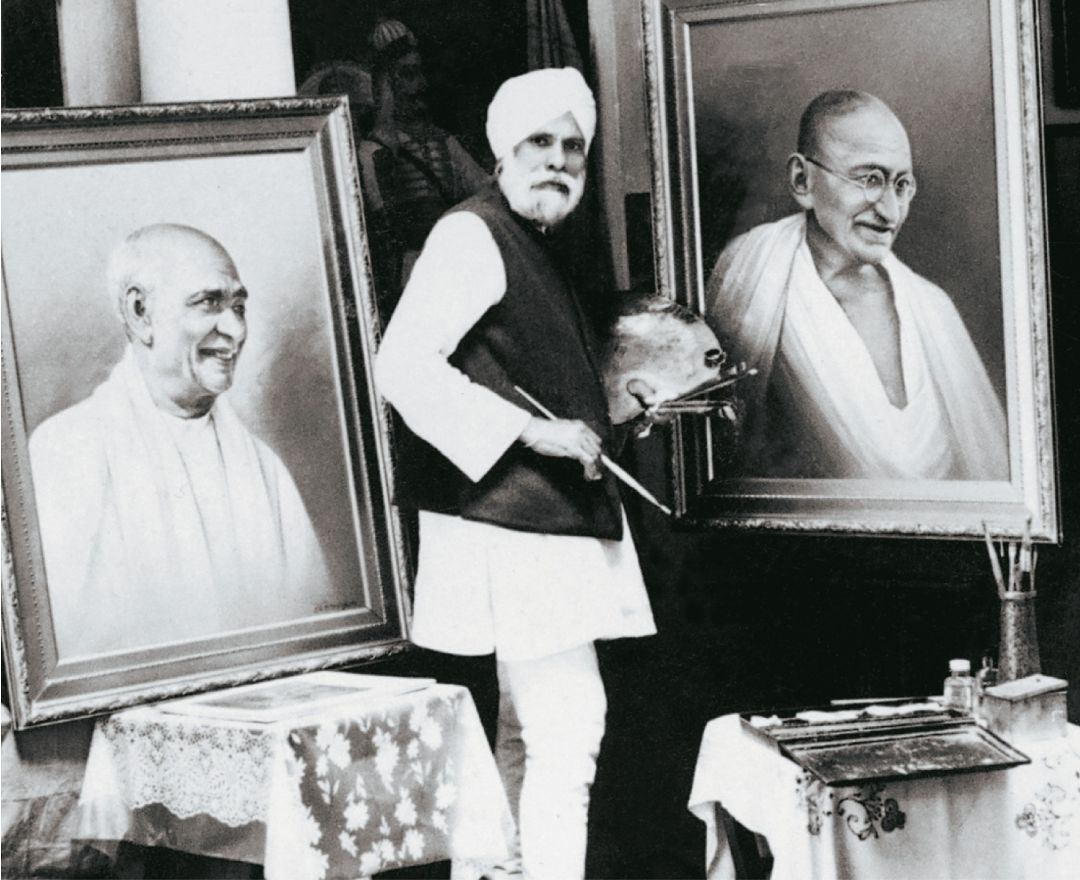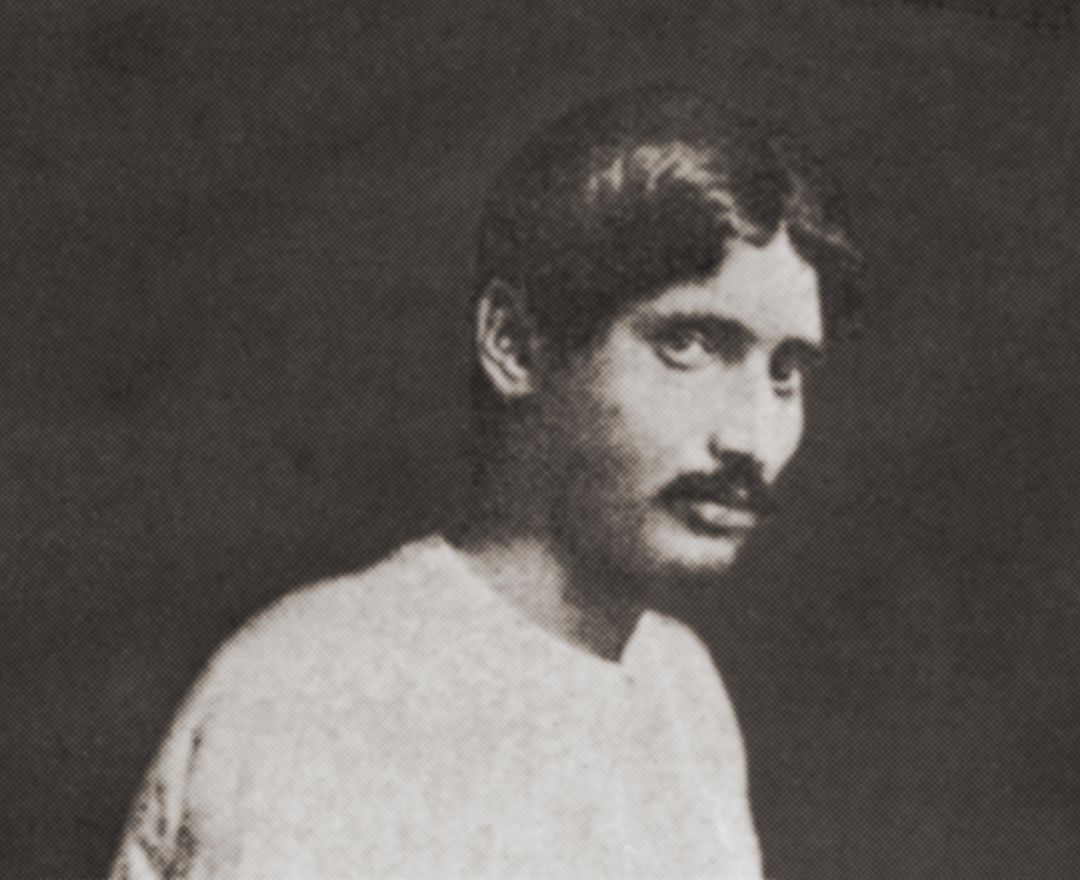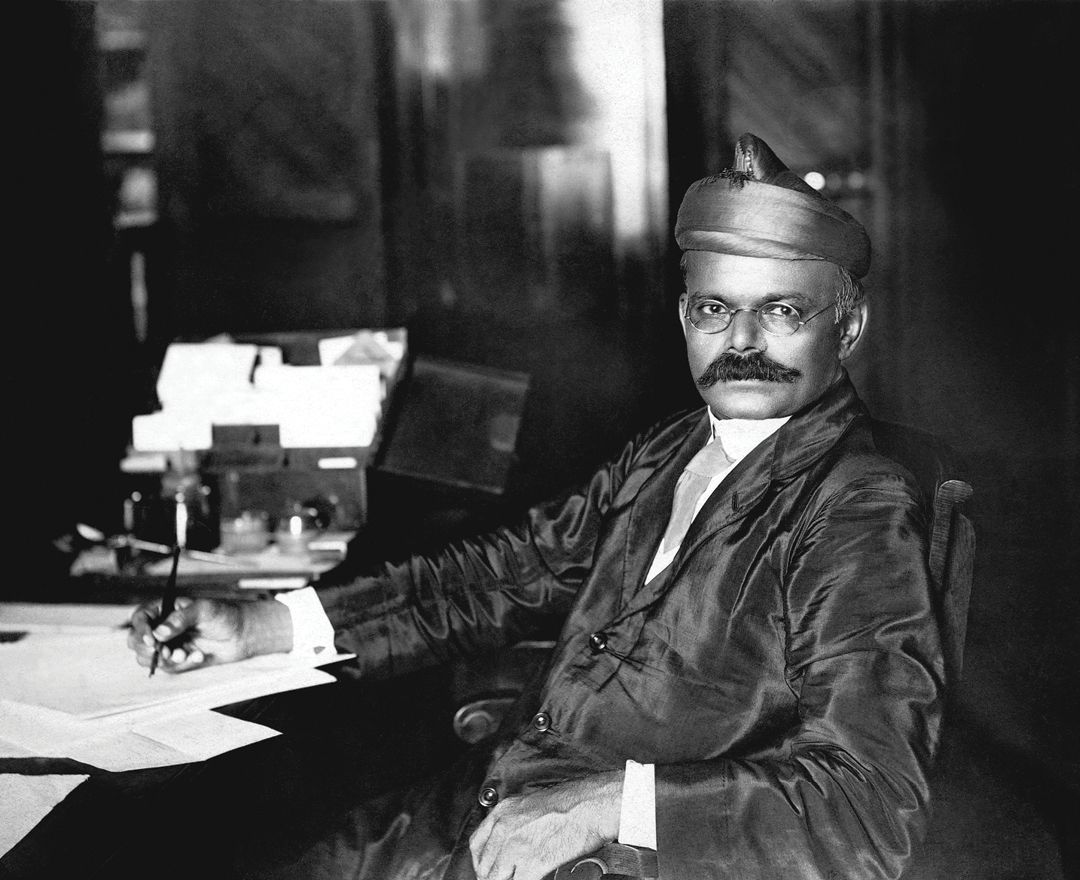S. G. Thakar Singh
S. G. Thakar Singh
S. G. Thakar Singh
|
1899 - 1976 S. G. Thakar Singh |


‘As a kid, my father used to draw on earthen walls in his native village of Verka by using coal. He had the knack of using colours and composition in a way that infused life into his paintings’
PARAMJIT SINGH
artworks
dag exhibitions
|
‘Indian Landscapes: The Changing Horizon' |
|
DAG, New Delhi, 2012 |
|
‘Indian Portraits: The Face of a People’ |
|
DAG, New Delhi and Mumbai, 2014 |
|
‘Home is a Place: Interiority in Indian Art’ |
|
DAG, New Delhi, 2021 |
|
‘New Found Lands: The Indian Landscape from Empire to Freedom’ |
|
DAG, New York, 2021; Mumbai, 2021-22 |
notable collections
|
Rashtrapati Bhavan, New Delhi |
|
Lalit Kala Akademi, New Delhi |
|
Golden Temple Museum, Amritsar |
|
Punjab Museum, Chandigarh |
|
Salar Jung Museum, Hyderabad |
|
Rajasthan Museum, Udaipur |
|
National Gallery of Art, Moscow |
|
Scottish National Gallery, Edinburgh |
|
Private collection of Lord Irwin, Viceroy of British India, 1925-31 |
|
Private collection of Tej Bahadur Sapru, India |
|
Private collection of Maharaj Pradyot Kumar Thakar, India |
|
Private collection of Sir Abdur Rahim, India |
|
Private collections of the erstwhile royal families of Patiala, Udaipur, Jaipur, Kapurthala, Bhopal, Porbandar and Kota, India |









